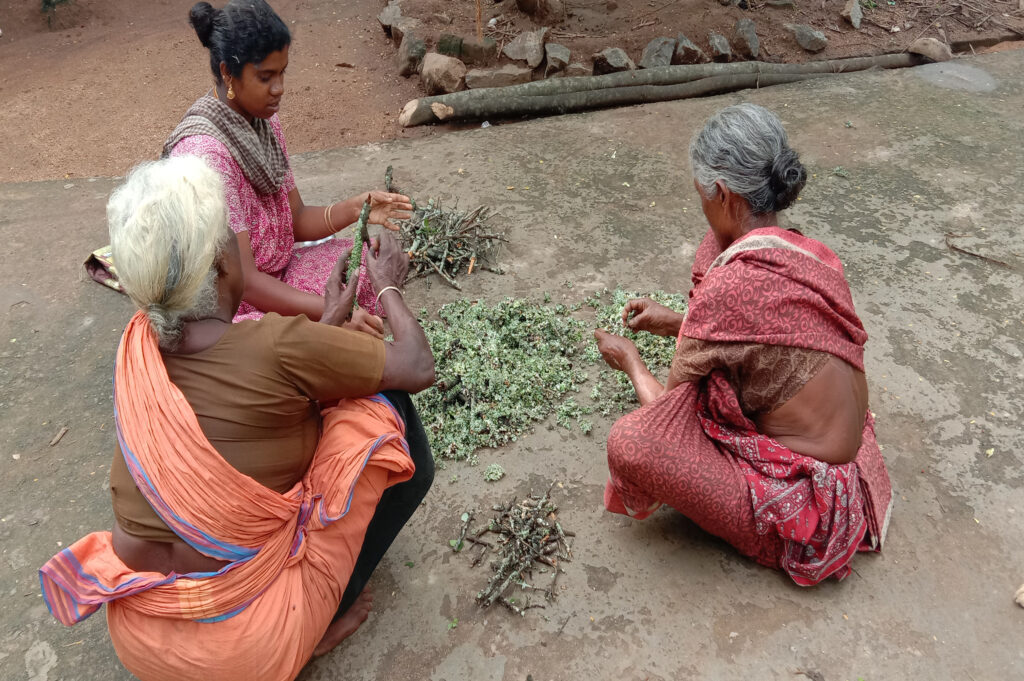Education and skill development are the backbone of every community’s growth, and for tribal communities, they offer the path to overcoming poverty and social inequalities. With access to quality education and skills training, tribal individuals not only uplift themselves but also contribute to the collective progress of their entire community. Tribal education isn’t just about literacy—it’s about empowerment, sustainability, and preserving cultural heritage while moving forward in a modern world.
The Importance of Education in Tribal Communities
Education is a key driver in the transformation of tribal communities. Many tribal children come from underprivileged backgrounds, where access to basic services is limited. Education helps break the cycle of poverty by providing the knowledge and tools needed to access better opportunities.
For tribal communities, education goes beyond individual benefits. When children and adults alike are educated, they become more equipped to participate in the governance of their communities. Education fosters leaders who can advocate for tribal rights, preserve cultural practices, and drive sustainable development projects.
Further, tribal education has a ripple effect, particularly when it involves women and girls. Educated women are more likely to invest in their children’s education and health, creating a cycle of progress that lifts entire generations out of poverty.
Barriers to Education in Tribal Areas
Despite the clear benefits, several barriers hinder education in tribal regions. These challenges must be addressed to ensure that tribal children have equal access to quality education.
Lack of Infrastructure and Resources
One of the major obstacles faced by tribal communities is the lack of infrastructure. In many remote areas, there are no schools within accessible distances, and the few that exist are often poorly equipped. This lack of basic facilities like classrooms, trained teachers, and learning materials makes it difficult for tribal children to receive a proper education.
Another challenge is the lack of technological resources. In a world where digital learning has become increasingly important, tribal areas often lag due to poor internet connectivity and a lack of access to devices.
Cultural and Language Barriers
In many tribal regions, cultural and linguistic differences present a significant hurdle. Tribal communities often speak their native languages, which may differ from the official language of instruction in schools. This language barrier can cause tribal children to struggle in a conventional school system, leading to higher dropout rates.
Additionally, the educational curriculum may not always respect or incorporate tribal cultural practices, which can lead to disengagement among tribal students. A more inclusive approach to education, incorporating both modern subjects and traditional knowledge, is necessary to keep tribal students engaged.
Skill Development: A Pathway to Economic Empowerment
While education is crucial, it is equally important to focus on skill development in tribal communities. Many tribal regions are rich in natural resources, and with the right skills training, these resources can be harnessed to create sustainable livelihoods.
Vocational Training for Tribal Youth
Vocational training plays a pivotal role in equipping tribal youth with the skills necessary to find employment or start their own businesses. Programs in areas such as agriculture, handicrafts, and eco-tourism can help tribal youth become economically independent. By focusing on hands-on skills, vocational training provides a practical pathway to financial stability for tribal communities.
Further, vocational training can be tailored to the local environment. For instance, training programs that focus on sustainable farming practices can help tribal communities use their land more efficiently, providing both food and economic security.
Sustainable Livelihood Programs
Sustainable livelihood programs aim to empower tribal people by providing them with the skills and resources needed to create long-term economic opportunities. These programs focus on enhancing the skills that tribal people already possess, such as traditional crafts, farming, and eco-friendly practices, while also introducing new techniques that improve productivity and market access.
By integrating traditional knowledge with modern skills, sustainable livelihood programs help tribal communities maintain their cultural heritage while building a future of economic independence.
How ARUDECS and Governments Can Help
Both NGOs and government bodies play an essential role in promoting education and skills development in tribal areas. Through targeted initiatives and support programs, can make a significant impact.
Government Initiatives and Policies
Governments around the world are recognizing the importance of education and skills development for tribal populations. Various policies and initiatives have been implemented to ensure that tribal communities have access to quality education and vocational training.
For instance, scholarships and incentives are offered to tribal students to encourage them to pursue higher education. Government-sponsored skills development programs are also designed to provide training in areas that offer economic opportunities, such as agriculture, small-scale industries, and crafts.
ARUDECS Programs for Education and Skills
We have long been at the forefront of efforts to support tribal education and skill development. ARUDECS work directly with tribal communities, providing resources, setting up schools, and organizing vocational training programs.
By partnering with local communities, can tailor their programs to meet the specific needs of tribal people, ensuring that education and training are accessible, relevant, and culturally appropriate. These programs also help to raise awareness of the importance of education, encouraging more families to send their children to school.


